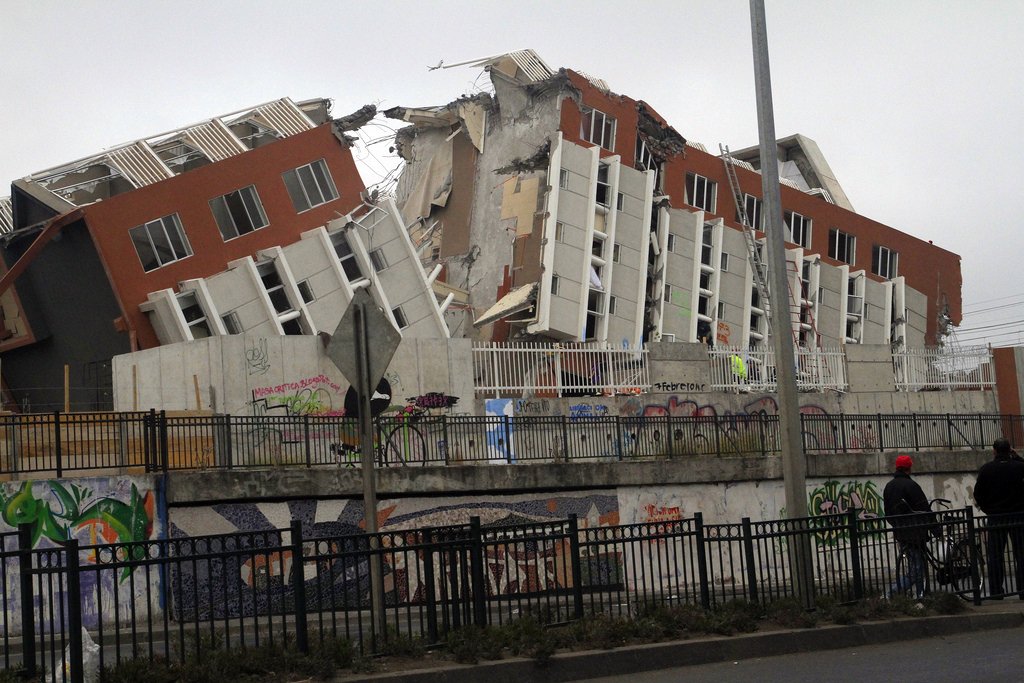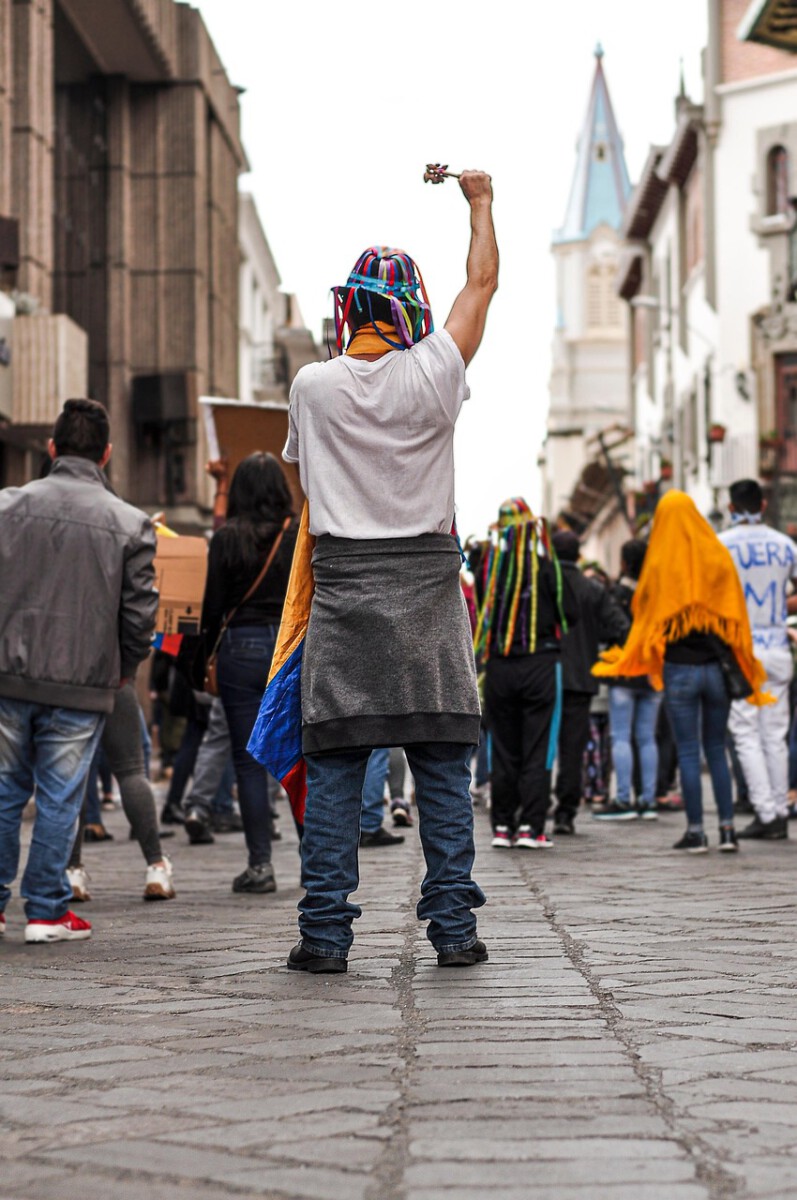Japan: Where the Earth Never Sleeps

Japan is often called the land of earthquakes, and for good reason. This island nation sits right on the Pacific Ring of Fire, a hotspot for seismic activity. Every year, Japan experiences thousands of tremors—some so small you barely feel them, others shaking cities to their core. In 2022 alone, the Japan Meteorological Agency recorded about 1,500 noticeable earthquakes, which is staggering. Events like the 2011 Great East Japan Earthquake, which reached a magnitude of 9.0, are seared into the country’s memory. Japan’s response is impressive: skyscrapers sway safely, early-warning alerts buzz on phones, and schools run earthquake drills regularly. In 2023, Japan took seismic monitoring to new heights with upgraded sensors and AI-based prediction systems. Living here means you’re always aware, but you also see the world’s best preparation in action.
Indonesia: The Shaking Archipelago

Indonesia is scattered over a region where several tectonic plates crash and grind, making earthquakes a constant part of life. The nation’s tragic 2004 Sumatra quake and tsunami still haunt many, but the shaking never really stops—over 2,000 quakes were recorded in 2022, many above magnitude 6.0. In the crowded capital of Jakarta and remote villages alike, tremors can strike without warning. The government has poured money into early warning systems and public education, but rural areas still suffer from weak infrastructure, making them more vulnerable. Every year, stories emerge of families picking up the pieces after yet another tremor. In 2023, new initiatives aimed to strengthen buildings and train volunteers, but the challenge is enormous. Indonesians have learned to be resilient, living with a mix of fear and fierce determination. Their daily lives are a reminder that the earth beneath their feet is always moving.
Chile: South America’s Seismic Powerhouse

Chile stretches down the western edge of South America like a long, narrow ribbon, pressed between the Andes and the Pacific Ocean. This dramatic setting is also a recipe for one of the world’s most active earthquake zones, where the Nazca and South American plates collide. In 2022, Chile registered over 1,000 earthquakes, some of them strong enough to rattle nerves and buildings alike. The 2010 Maule earthquake, at magnitude 8.8, is still fresh in the national memory. Strict building codes mean most new structures can withstand powerful quakes, and Chileans are well-drilled in what to do when the ground starts shaking. The government invests in constant research and has set up a state-of-the-art monitoring network, which was further upgraded in 2023. Earthquake drills are as routine as school fire alarms, and people here face each tremor with a blend of caution and confidence. As a result, Chile is seen as a global leader in earthquake safety.
Turkey: On the Edge of Disaster

Turkey’s geography is a tangled web of fault lines, particularly the North Anatolian Fault, which slices right across the country. This makes major earthquakes a regular, terrifying event for millions. In 2022, over 1,200 earthquakes shook Turkey, some bringing tragic loss and many leaving scars on cities and villages alike. The government has tried to improve building safety and disaster response, but older, poorly constructed buildings still pose a huge risk. In Istanbul and elsewhere, the possibility of a big quake is never far from people’s minds. In recent years, investments in monitoring and early warning technology have ramped up, but the challenge of retrofitting old neighborhoods is daunting. Earthquake drills and public awareness campaigns are becoming more common, but anxiety about the next big one lingers. The country’s seismic story is a mix of progress and persistent fear.
Mexico: A Country on the Fault Line

Mexico is another country living at the crossroads of restless tectonic plates. The shaking is part of daily life—over 1,500 earthquakes were reported in 2022, some strong enough to rattle nerves and topple buildings. Mexico City, with its soft lakebed soil, is particularly vulnerable, as seen in the devastating 1985 quake. The government runs a comprehensive early warning system, which can give people precious seconds to get to safety. Despite advances, many neighborhoods still have older buildings at risk of collapse. Mexico’s diverse geography means some regions are far more quake-prone than others, adding another layer of complexity. In 2023, new efforts focused on upgrading alerts and making cities safer, but progress is uneven. The country’s story is one of resilience, hope, and the ever-present threat of the ground giving way.
Finland: Rock-Solid and Calm

Finland stands out as an island of calm in a shaky world. With its ancient bedrock and location far from active fault lines, earthquakes here are almost unheard of. In 2022, Finland recorded only a handful of minor tremors, none strong enough to cause alarm. Most Finns have never felt an earthquake in their lives, and the government doesn’t even bother with elaborate quake preparedness plans. The Finnish Meteorological Institute quietly monitors the ground, but there’s little cause for concern. This geological stability means that people can focus on other challenges, like long winters and endless forests. Finland’s tranquility is a comfort to those who crave safety from nature’s fury. For anyone tired of tremors, this is a peaceful place to call home.
Qatar: Quiet Beneath the Desert Sun

Qatar, perched on the Arabian Peninsula, is one of the world’s most seismically stable countries. In 2022, not a single significant earthquake was recorded—a fact that gives residents a sense of security. The land here is made mostly of solid sedimentary rock, which doesn’t lend itself to shaking. So, instead of sirens and drills, people go about their lives without worrying about the ground splitting open. The government hasn’t needed to invest in warning systems or earthquake-proof buildings. With its focus on rapid economic growth and stunning architecture, Qatar’s attention is elsewhere. Visitors and expats often marvel at the calmness beneath their feet, a stark contrast to quake-prone regions. Life here is as still as the desert air.
Greenland: The Frozen, Unshaken Land

Greenland is known for its icy landscapes and remote wilderness, but also for its seismic quiet. The country sits far from the world’s major fault lines, so earthquakes are rare and usually too small to notice. In 2022, there were only a couple of minor tremors, and most people didn’t feel a thing. The Geological Survey of Denmark and Greenland keeps watch, but seismic alarms are seldom needed. The country’s sparse population and harsh climate mean even the rare quakes have little impact. Instead, Greenland’s focus is on research into ice and climate change, not earthquake preparedness. For people living here, the idea of a major quake feels almost as distant as the mainland. This frozen land offers an unexpected kind of peace—one that comes from a remarkably steady earth.








